Everything to Know About Artist Jasleen Kaur
If you’ve kept your eyes peeled at the Turner Prize 2024, you must’ve been introduced to its winner, Jasleen Kaur, whose crochet doily won the coveted title and the global art community’s admiration. But who is artist Jasleen Kaur and what message does her artwork connote to the largely fragmented Indian diaspora? Let’s find out.
Who is Artist Jasleen Kaur?
Scottish artist Jasleen Kaur was born in 1986 and raised in Pollokshields, Glasgow in its Sikh community. Her parents operated a hardware and cash and carry shop. She graduated from the Glasgow School of Art’s Silversmithing and Jewellery department in 2008, which she followed up with a degree in Applied Art from the Royal College of Art in London from 2009 to 2010. She has mostly shown her work in group exhibitions. In 2019, The Glasgow Women’s Library and Dent-de-leone co-published her book ‘Be Like Teflon’. In 2021, she received the Paul Hamlyn Artist Award.
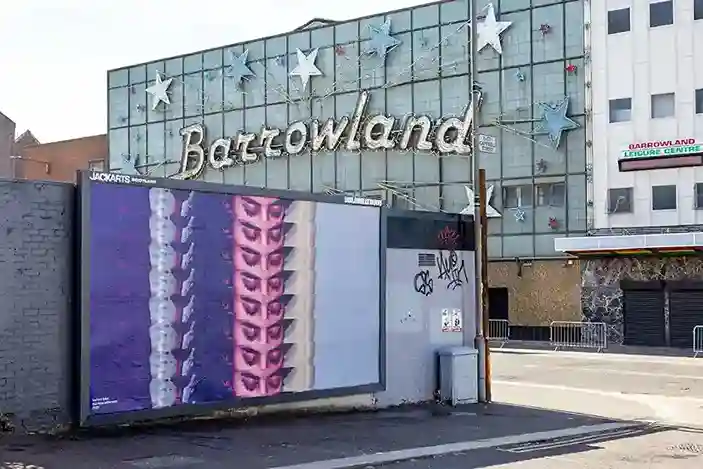
At the time of writing, she lives and works in London.
Jasleen Kaur’s Art Style
Through her artworks, Jasleen Kaur aims to make sense of the convoluted world she’s been thrust into. She brings into light the betrayal, the secrecy, and the exiled outsider perspective. It is not uncommon to dismiss her work at first sight. But on a deeper level, her installations present a blurry perspective cackling with polyphony, plurality, and declassifications.
We’d like to believe that her experience in jewellery and metalworking, imbued upon her a material-based practice. Through this, she calls to attention, the impact of inexpensive and faux immigrant aesthetics both in homes and public areas. Basing her art on her life experiences, artist Jasleen Kaur creates stories by using objects from the outside world. With a careful juxtaposition, she reimagines tradition.
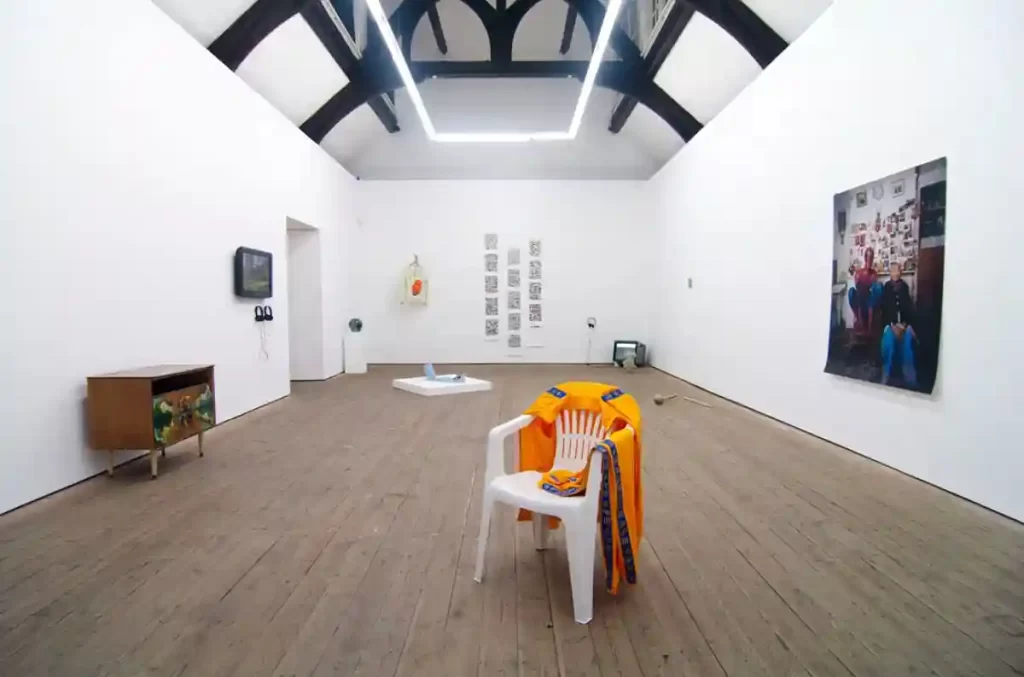
Kaur’s installations and sculptures are well-researched and engendered by the malleability of culture and the accumulation of social histories in the tangible and intangible objects. Her work explores colonial and personal historical hierarchies as well as diasporic identity. Her practice has grown over time to include video, sound, and immersive installations.
Jasleen’s Kaur Gut Feelings Meri Jaan
‘Gut Feelings Meri Jaan,’ is a 2021 performative piece by artist Jasleen Kaur along with Rochdale’s locals. It was created in response to the ‘Ethnic Minorities‘ section of the local history archives housed at Touchstones Museum and Art Gallery. The geographical diasporas read and then eat the contents of an archive, wash the statue of an industrialist with handfuls of yoghurt, and stroll endlessly through the picturesque Lancashire landscape; all to spotlight local locations steeped in Empire and post-war migration from former colonies.
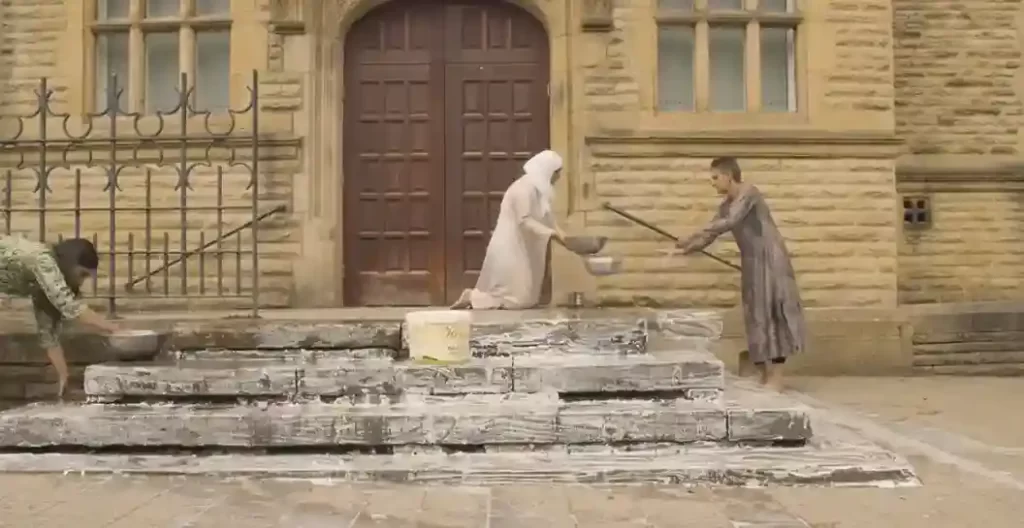
The collaborative effort resulted in a book and several films that challenged conventional archival methods. What would be read or looked at is either digested or buried, which exposes the archive’s past, present, and future as well as its power. It truly is a ‘gut’ feeling.
Jasleen Kaur’s The first thing I did was to kiss the ground
Kaur’s 2021 sound piece sculpture, ‘The first thing I did was to kiss the ground’ is located at the Thames River opposite the Tilbury Dock. But why this site in particular? She wanted to highlight the area as the first geographical point of disembarkation for immigrants arriving in the UK, who were welcomed to rebuild post-war Britain. Gravesend’s histories of community spaces, where marginalized groups offered “supplementary schooling” as a form of resistance, are referenced by the long, sacred hair and the faux marble render.
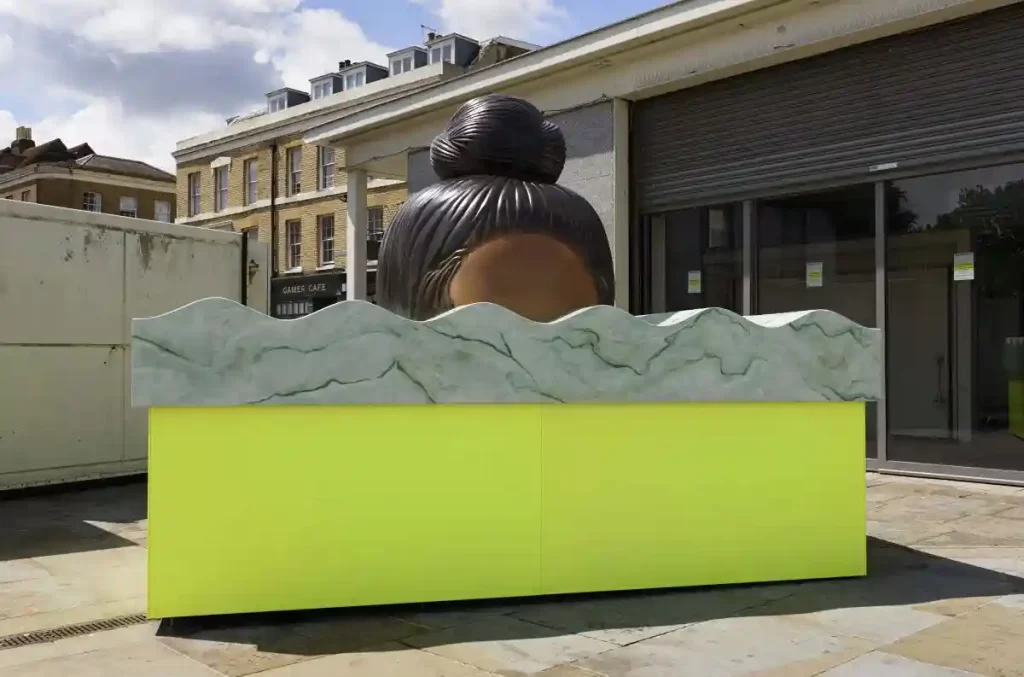
The sound piece was created in collaboration with the local Saheli Women’s Group and artist Ain Bailey. The soundscape chronicles women’s sonic histories that intersect with the Thames’s periodic rhythms.
Jasleen Kaur Wins the Turner Prize 2024 for Alter Altar
On 3rd December, artist Jasleen Kaur won the renowned British art award AKA, The Turner Prize, and a cash prize of 25,000 pounds. The installation work, ‘Alter Altar’ centres on her early years spent in a Sikh community in Scotland. It included objects from her childhood; automated bells; a doily-covered Ford Escort, blaring a mix of pop, hip-hop, and qawwali music; and a mechanically operated accordion. Through her work, she investigates the cultural memory of mere materials and their corresponding rituals.
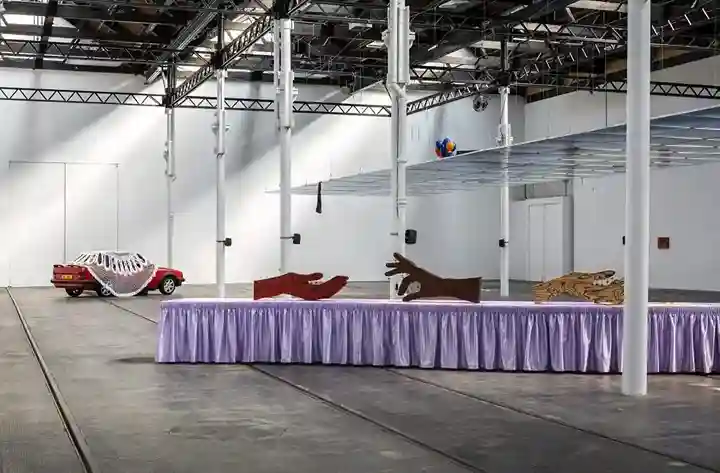
Just the harmonious cacophony of the songs blaring out of the whizzing car was enough to suggest an amalgamation of solidarity and joy. The soundscape of the installation, which includes the 1994 song ‘Set You Free’ by Bob Marley and N-Trance, gives the objects life and evokes memories of her early years spent with her family. Jasleen Kaur’s work uses sounds to evoke a sonic memory, connecting political, cultural, and familial memories to more general societal experiences.
In addition, there are images from artist Jasleen Kaur’s family collection; preserved in Irn-Bru-orange resin and fragments of shredded rotis, alluding to the meals served at a Gurudwara. Photographs on the ground, meanwhile, show demonstrations against immigration raids in Glasgow’s streets.
Jasleen Kaur on Accepting Turner Prize 2024
While accepting the award, Jasleen Kaur wore a Palestinian-colored scarf. She backed the pro-Palestinian demonstrators (who had stormed the dinner) and demanded that Tate sever his connection with Israel as she accepted the award onstage. “This shouldn’t jeopardize an artist’s safety or career—it’s not a radical demand,” she stated.
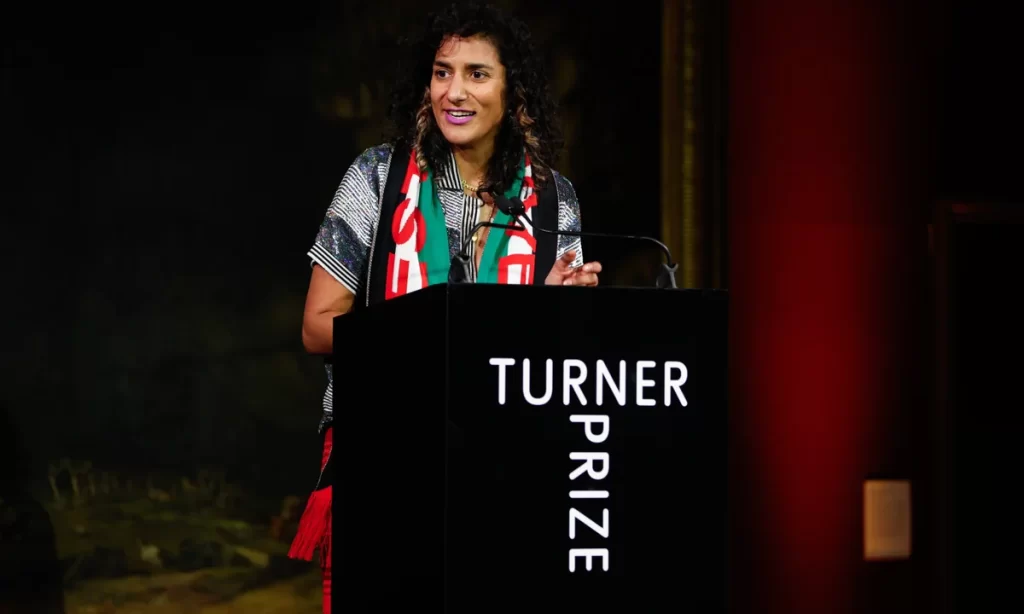
Then, to applause, she uttered the words “Free Palestine” and called for a ceasefire in Gaza.
Image Courtesy – The Times
Contributor





